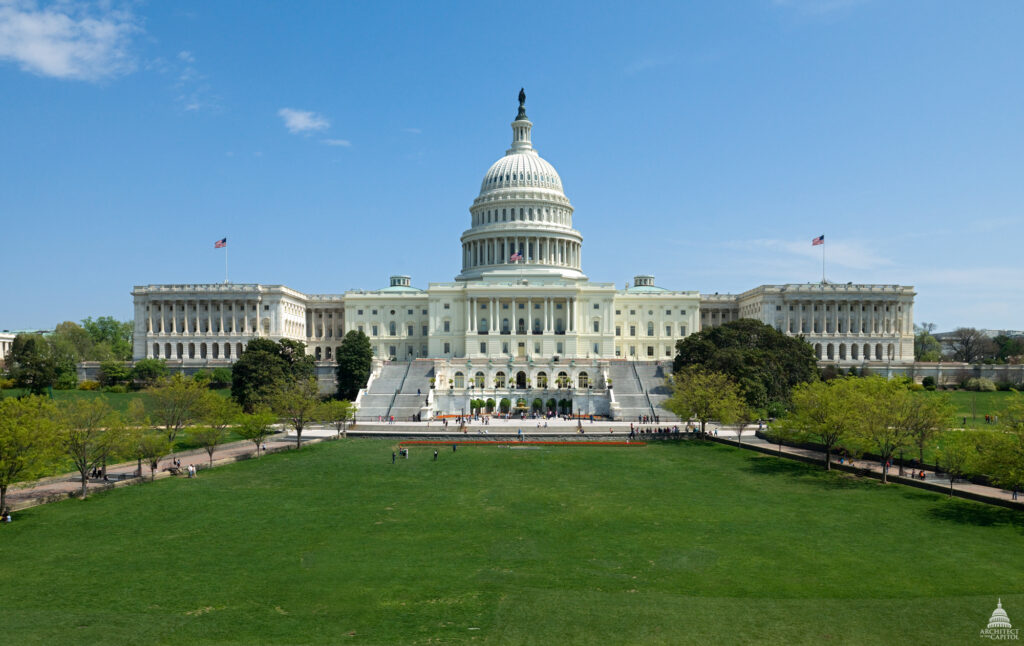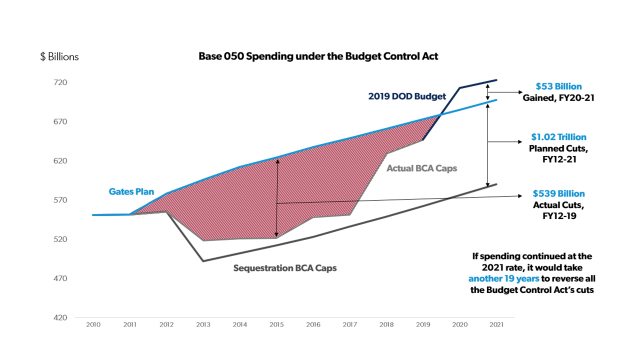
224 lives. $11.6 billion. 186 aircraft.
That is the cost over seven short years of more than 6,000 U.S. training and other non-combat military aviation mishaps. The recent report of The National Commission on Military Aviation Safety sums up the deadly consequences of inadequate action and urgency.
The commissioners were “deeply troubled by the chronic fatigue” among servicemembers. They found a “relentless” current operations tempo “is leading to unsafe practices and (is) driving experienced aviators and maintainers out” of service.
 The commission offered Congress five immediate steps to take to halt the tragic loss of lives in avoidable and preventable accidents:
The commission offered Congress five immediate steps to take to halt the tragic loss of lives in avoidable and preventable accidents:
- Reduce demands on forces;
- “Pilots should fly;
- Maintainers should maintain;
- Data can save lives; and,
- Funding should be consistent.”
It’s that last one that really matters right now, as we start a new administration and a new Congress. While no one mourns the end of the Budget Control Act (BCA), its absence creates a fiscal vacuum and an absence of leadership from both parties to offer solutions soon could mean all spending bills to fund the government will get swept up into the debt ceiling negotiations leading up to the July deadline. Congress should seek a two-year budget deal for all federal agencies for stability of government—and governance. The exhausted troops are counting on it.

Aircraft fire training
In Search of a Two-Year Budget Deal
The incoming administration is eagerly pushing the goal of another COVID-19 stimulus bill to pass immediately upon taking office. As this legislation takes shape, leaders would be wise to start planning ahead for how to keep spending bills moving on time and in regular order. This is critical to avoid a government shutdown or spending freeze to start the next fiscal year, as has so often been the case over the past decade.
With Democrats taking control in a sweep of both Congress and the White House, members are scrambling to figure out the way ahead. In a split Republican party, the battle is beginning between budget hawks and defense hawks. It’s not clear yet how the party will square this.
The Senate Armed Services Committee is poised to carve out a way ahead that both parties can live with. Given that the committee is under split control, this likely means an active minority with more rights, equal budgets and solid relations among staffers. The committee has a full agenda with military nominations, civilian Pentagon nominations and posture hearings for the 2022 budget request.
But the president elect’s budget is likely to be delayed, as is standard with a new administration. It will also take time for the Biden administration to build its national security and defense strategies. In the absence of a new defense strategy, the most logical route for Congress would be to plan a two-year budget deal that buys back readiness and investment lost to the Budget Control Act. While the three-year “Trump bump” for defense started this necessary repair, the foundation of the force remains frayed. The Commission on Military Aviation Safety assessment is only the most disturbing reminder of this fact.
Buy Back BCA’s Damage
Repairing the military’s foundation after two decades of war followed by the Budget Control Act and on top of a peace dividend and procurement holiday is taking longer than expected. Throw on top of that, spending freezes to start nearly every fiscal year of the past decade and the result is, in the words of the National Defense Strategy Commission, “America has significantly weakened its own defense.” The commission rightly characterizes the steep defense spending cuts under the BCA as having “pronounced detrimental effects on the size, modernization, and readiness of the military.”
The military has to restore and refresh its combat power at the same time it rebuilds readiness and invests in technology. To fix the foundation of the health, readiness and lethality of the force, Congress should seek to restore the hundreds of billions of dollars lost to the Budget Control Act over the next five years. Accounting for the investments made by the outgoing administration above former President Obama’s plans of about $313 billion—with a crude and generous estimate of about half going to fix readiness—this equates to at least $77 billion additional per year needed for the Defense Department above current projections to match need.

Source: National Defense Strategy Commission report, at https://www.usip.org/sites/default/files/2018-11/providing-for-the-common-defense.pdf
Keeping with the decorum of various deals from the Obama years, defense hawks should seek these needed buyback funds at parity (1:1) with equal non-defense discretionary increases as part of the two-year budget agreement covering fiscal year 2022 and 2023.
Stability Benefits Everyone
The benefits of such a spending deal are numerous—including decoupling funding the government from increasing the debt ceiling, avoiding a spending freeze to start the year, removing the threat of a government shutdown, and giving planners predictability and stability in performing their duties at the most reasonable cost for the taxpayer. For the Senate Armed Services Committee, in particular, a spending deal that keeps legislation and appropriations moving on schedule means more time for essential oversight of the Pentagon. For the troops, it means avoiding another tragic year like 2017. As then-Secretary of Defense Jim Mattis put it before Congress while secretary of defense, “it took us years to get into this situation. It will require years of stable budgets and increased funding to get out of it.”
A two-year budget agreement would also allow time for another Simpson-Bowles-like commission or Super Committee to stand up and get to work on bigger, bipartisan, and implementable ideas for meaningful debt reduction following the $3 trillion-plus Covid debt bomb of 2020. The sooner a deal is reached, the faster Congress can get to work doing its job and remove a big cloud of uncertainty about how both parties can get off to a good start for the benefit of the nation.
Navy jet trainer fleet operations remain paused after engine mishap
One week after the incident, a Navy spokesperson says the service is continuing to assess the fleet’s ability to safely resume flight.


























